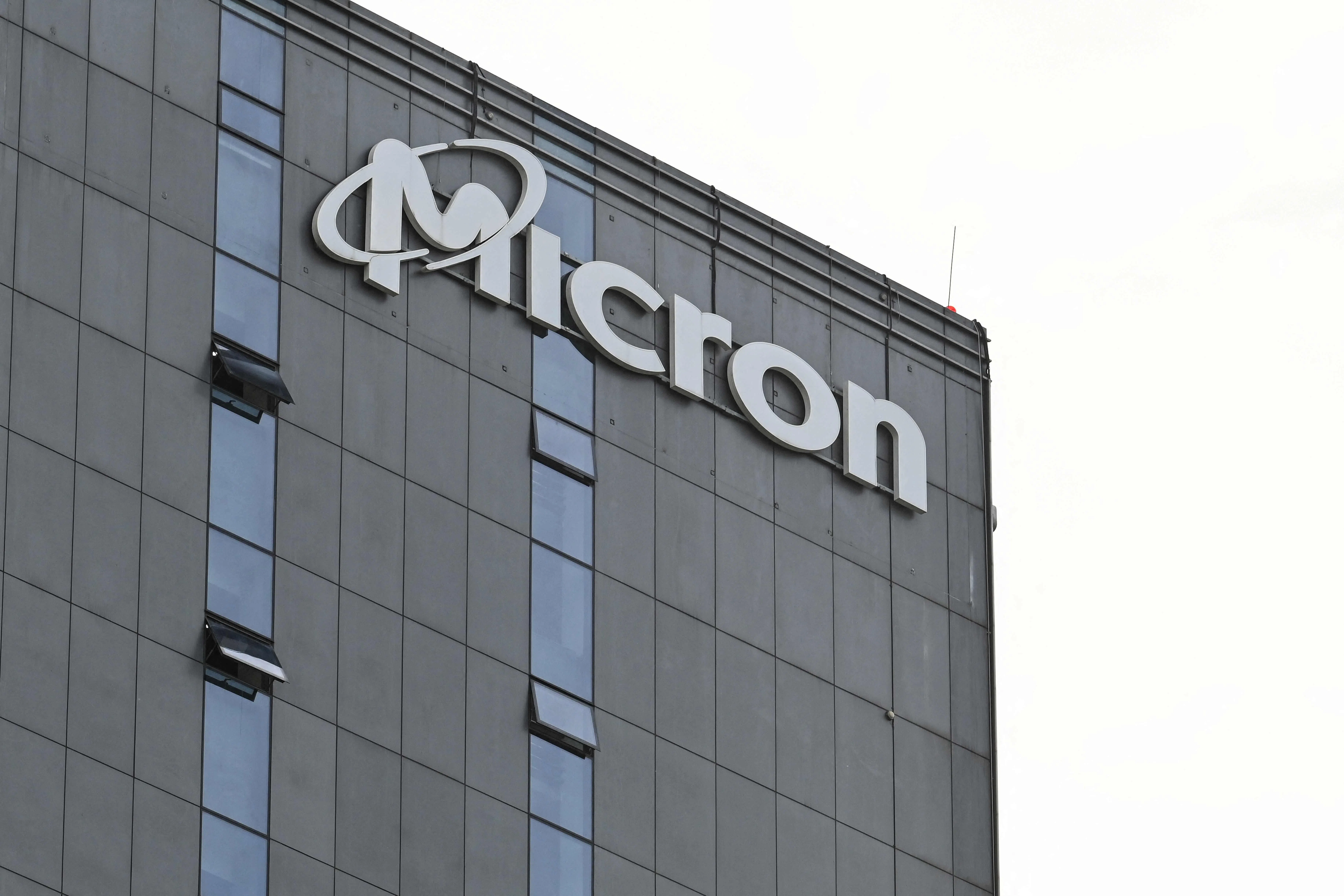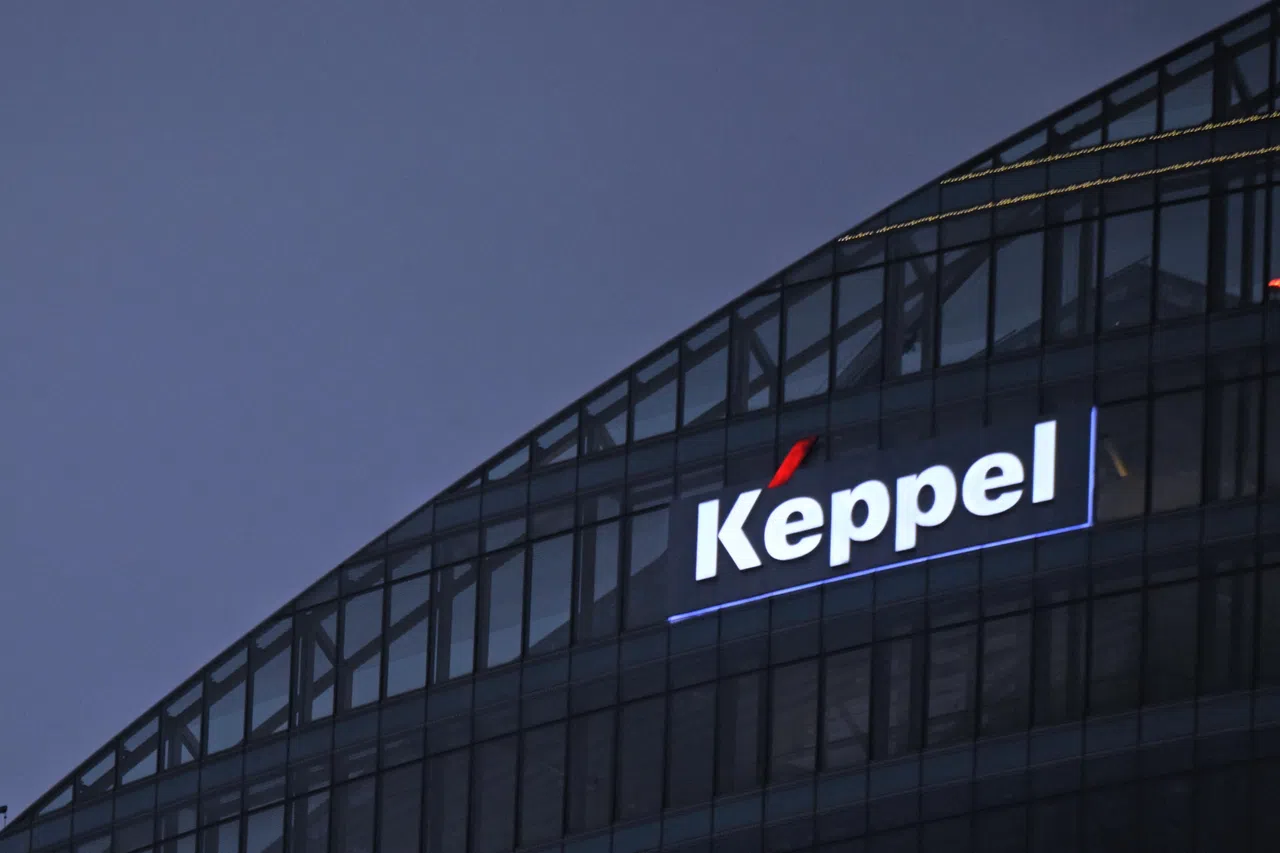MICRON Technology, the largest US maker of computer memory chips, declined in late trading after its forecast disappointed investors seeking a bigger payoff from artificial intelligence (AI) mania.
Fiscal fourth-quarter sales will be US$7.4 billion to US$7.8 billion, the company said on Wednesday (Jun 26). While the average analyst estimate was US$7.58 billion, some projections were above US$8 billion. Profit will be about US$1.08 a share, minus certain items, versus a projection of US$1.02.
Though Micron is getting a boost from the AI computing boom, demand is still sluggish in its traditional markets, such as personal computers (PCs) and smartphones. Those areas are only beginning to recover from a historic slump last year.
The shares fell about 7 per cent in extended trading. Micron had rallied 67 per cent this year before the close, lifted by investor expectations that it will be one of the main beneficiaries of AI spending.
In the third quarter, which ended May 30, Micron’s revenue rose 82 per cent to US$6.81 billion. The Boise, Idaho-based company reported a profit of 62 US cents a share, excluding certain items. That compares with estimated sales of US$6.67 billion and a projected profit of 50 US cents a share.
Micron sells a vital component of AI hardware – high-bandwidth memory (HBM) – that works with processors from Nvidia to crunch data. The memory, known as HBM, can serve up information more quickly, helping computing systems develop and run AI models.
BT in your inbox
Start and end each day with the latest news stories and analyses delivered straight to your inbox.
Micron sold US$100 million of new HBM3e chips in the just-completed quarter and predicts that total sales of high-bandwidth products will rise to “several hundred million US dollars” in the current period. It will then increase to multiple billions in fiscal 2025, which runs to August of that year.
Ramping up the production of this new memory has been a challenge. Due to the difficulty of increasing factory output – and qualifying the chips to work with computer systems – supply effectively has a “hand brake on it”, Manish Bhatia, Micron’s executive vice-president of global operations, said.
In light of those constraints, the company expects pricing to steadily increase. There’s also less chance of the memory market returning to an inventory glut, an issue that has long plagued the industry.
The company is on course to spend about US$8 billion on new plants and equipment in fiscal 2024. That budget will increase materially next year in support of construction at sites in Idaho and in New York state.
The Idaho facility will not contribute to supply until fiscal 2027, with the New York site coming the following year, Micron said. But the timing may depend on Micron’s analysis of supply and demand.
In a slide presentation, the company said that PC-industry unit sales remain on track to increase by a percentage in the low single digits in calendar 2024. Smartphone units will gain by a low- to mid-single-digit range. The company expects AI features to help spur demand for phones and PCs heading into 2025.
Chief executive officer Sanjay Mehrotra reiterated a view that 2024 would mark a rebound for the memory chip industry, with record sales coming in 2025.
Micron competes with South Korea’s Samsung Electronics and SK Hynix in selling chips that provide short-term memory in computers and phones. They also make flash memory, which handles longer-term storage in those devices. BLOOMBERG



